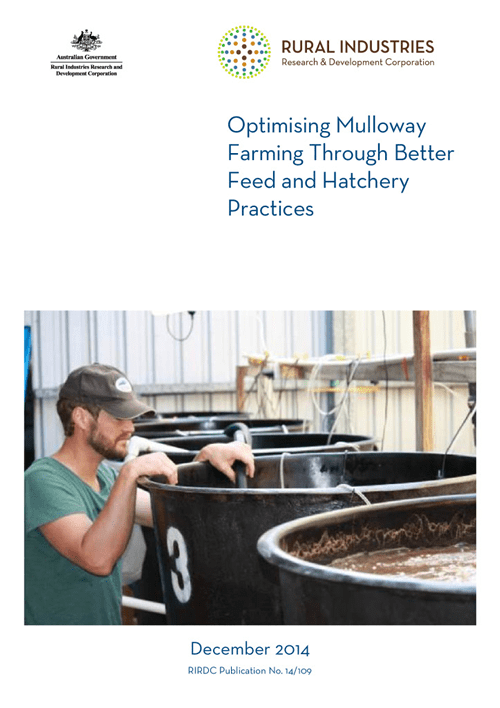Aquaculture continues to be the fastest-growing, meat-producing sector in the world. The global fish trade is currently estimated at US$56 billion, surpassing most traditional agricultural exports with estimates that the total world production of food-fish will increase by over 40 per cent by 2020. Internationally, approximately 40 per cent of the world’s fish supply is traded, as compared with 10 per cent of the meat supply. As many as thirty-five million people are directly employed in the fisheries sector worldwide, 20 per cent of them in the aquaculture industry; indirectly the industry supports several times this number (Lehane, 2013).
Part 1 of the report documents how the prawn hatchery infrastructure of Palmers Island can be modified and adapted for marine fish culture. It provides details of the production facilities and support systems necessary for marine fish larviculture and documents conversion and production costs. This work was stimulated by the desire to inform industry how a possible change from prawn to marine fish culture could be implemented.
Part 2 of the report aims to optimise feed management which is the major input cost (feed) associated with farming this species. Current diets and feeding strategies for large mulloway are not optimal, and farmers need assistance on what to feed, and how to ration that feed to ensure its best use. Feed management practices which optimise growth and minimise feed wastage are highly desirable in land based systems, as they maximise profitability and minimise the environmental impacts of effluent leaving ponds.





